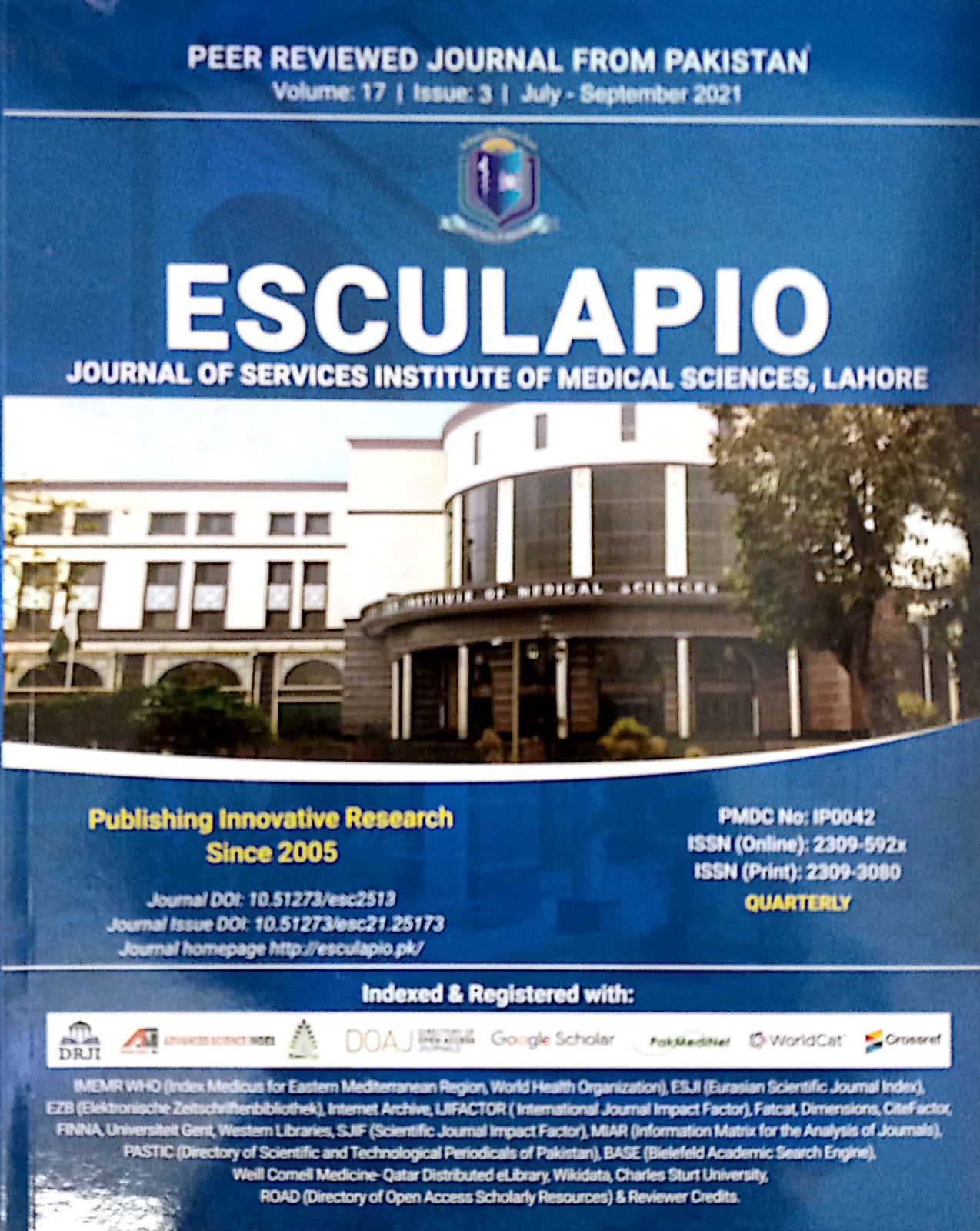Hepatoprotective & other hepatic histopathological effects of Cinnamon, Pyridoxine and Pitavastatin in Treating High-Fat Diet-Induced Murine Dyslipidemia
DOI:
https://doi.org/10.51273/esc21.2517311Keywords:
Pitavastatin, Pyridoxine, Cinnamon, DyslipidemiaAbstract
Objective: To look for hepatic histopathological & hepatoprotective effects of pyridoxine, pitavastatin & cinnamon in diet-induced dyslipidemic rats.
Methods: 10 groups (60 albino male rats, age: 6 weeks) were included (Group 1: control). Group 2 (dietary preventive) and Groups 3-10 (therapeutic) were induced using HFD for 30 days (HFD continued throughout).They were treated for 30 days, after induction, orally, once a day with pitavastatin (PIT), aqueous cinnamon extract (ACCE) and pyridoxine (PYR) in various combinations: Group 3 (Pitavastatin 0.3mg/kg); Group 4 (Pyridoxine 18mg/kg), Group 5 (ACCE 200mg/kg), Group 6 (Pitavastatin 0.3mg/kg + Pyridoxine 18mg/kg), Group 7 (Pyridoxine 18mg/kg + ACCE 200mg/kg), Group 8 (Pitavastatin 0.3mg/kg + ACCE 200mg/kg), Group 9 (Pitavastatin 0.3mg/kg + Pyridoxine 18mg/kg + ACCE 200mg/kg) and Group 10 (Pitavastatin 0.15 mg/kg + Pyridoxine 9mg/kg + ACCE 100mg/kg). Animals were sacrificed (Day 60); slides were prepared for histopathology from livers (architectural distortion, epithelial damage, inflammation, fatty change, cytoplasmic changes, Kupffer cell hyperplasia). SPSS 20.0 (P≤0.05) was used to analyze data.
Results: Livers of rats in groups treated with pyridoxine and cinnamon (Group 4, 5 & 7) remained unaffected. Rats in groups 3, 6 & 10 showed mild while combination groups (8, 9) showed mild to moderate fatty change (46.7% rats) and inflammation (46.7% rats). 8 (13.3%) rats showed distorted architecture.
Conclusion: Cinnamon and pyridoxine can be “safer” alternatives to standard dyslipidemia treatment, either alone or in different combinations with pitavastatin










